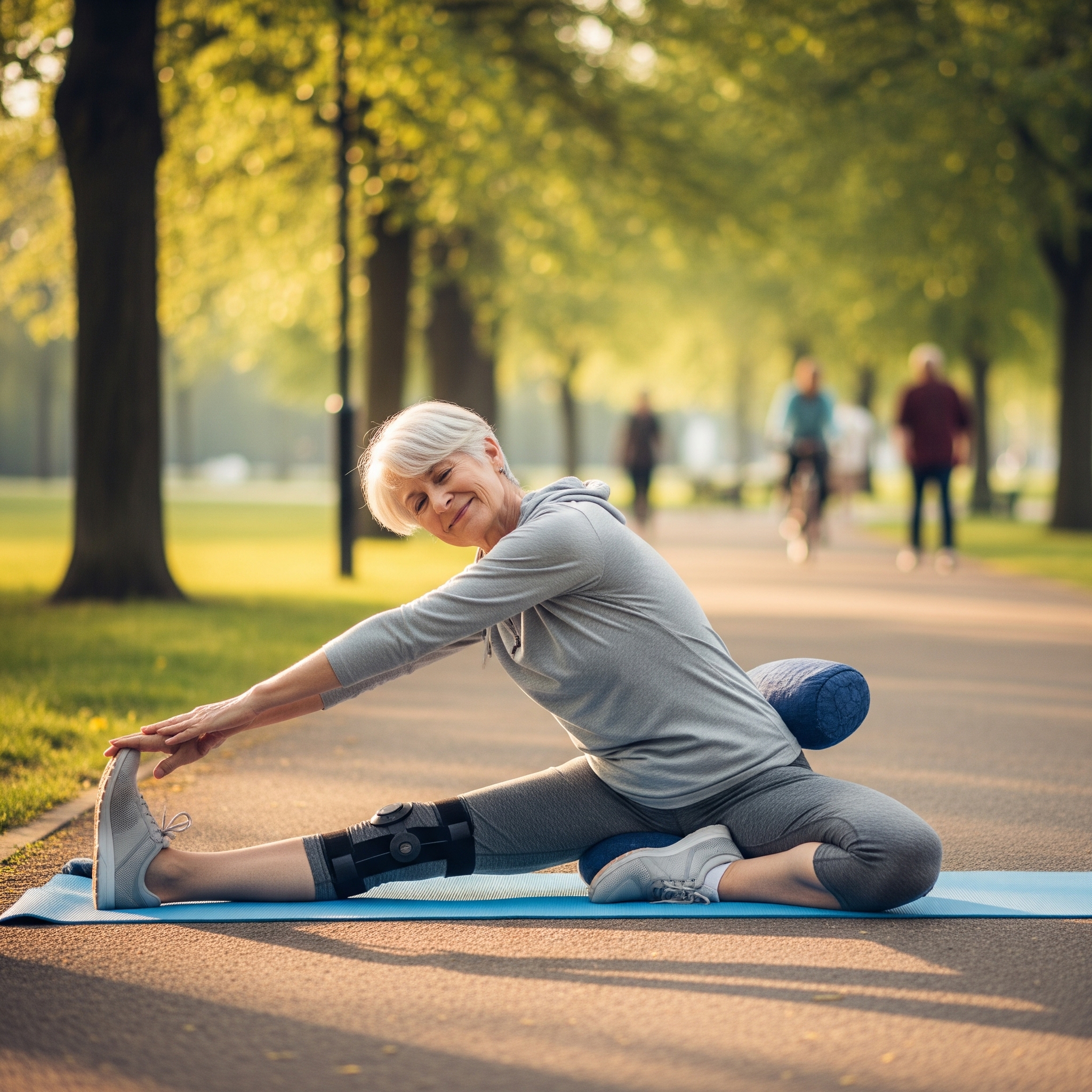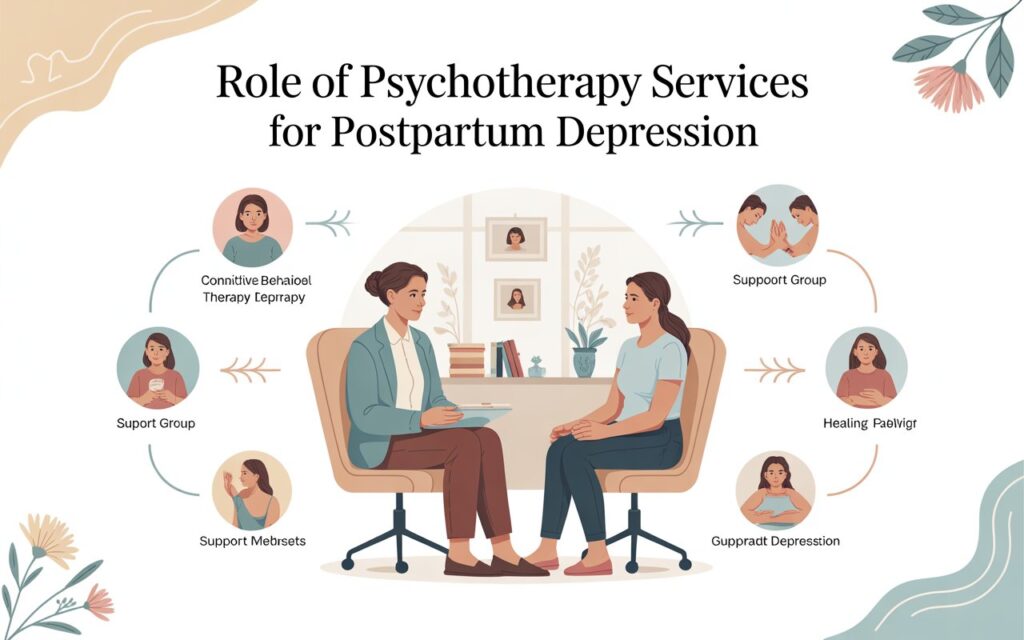Aging brings many changes, and unfortunately, joint pain is a common one. Whether it’s the knees that creak getting out of bed or the hips that stiffen after sitting too long, many people experience discomfort as the body’s tissues naturally wear down with age. But growing older doesn’t mean you have to give up an active, fulfilling lifestyle. With the right strategies, you can manage joint pain and continue doing the things you love—comfortably.
Why Joint Pain Increases with Age
As we age, several biological changes contribute to joint pain:
- Cartilage degeneration: Cartilage cushions the ends of bones, but it gradually wears away, especially in weight-bearing joints like the knees and hips.
- Reduced joint lubrication: Synovial fluid, which keeps joints lubricated, decreases in volume and effectiveness.
- Muscle loss: Sarcopenia (age-related muscle loss) can place extra strain on joints.
- Inflammatory conditions: Osteoarthritis, rheumatoid arthritis, and other chronic inflammatory diseases become more common with age.
These changes can lead to stiffness, swelling, reduced mobility, and chronic discomfort if left unaddressed.
Staying Active Without Aggravating Joint Pain

Ironically, one of the best ways to relieve joint pain is to keep moving. However, not all exercises are created equal when it comes to aging joints. Here are smart strategies for staying active safely:
1. Low-Impact Exercise
Activities such as walking, swimming, cycling, and yoga reduce stress on joints while still promoting mobility and cardiovascular health.
2. Strength Training
Building muscle helps support and stabilize joints. Focus on controlled, low-weight exercises targeting major muscle groups.
3. Stretching and Flexibility Work
Daily stretching keeps joints limber and can reduce stiffness, especially in the morning or after long periods of inactivity.
4. Proper Footwear and Support
Wearing shoes with good arch support and cushioning can significantly reduce joint strain, especially in the knees and back.
Lifestyle Habits to Reduce Joint Pain
- Maintain a healthy weight: Every extra pound adds stress to your joints, particularly in the knees and hips.
- Stay hydrated: Joints are surrounded by synovial fluid, which depends on proper hydration.
- Get enough rest: Rest and sleep help the body repair tissue and control inflammation.
- Use joint-friendly ergonomics: Whether at home or work, support your joints with good posture and proper body mechanics.
PRP Therapy: A Modern Approach to Joint Pain Relief

One of the most promising developments in regenerative medicine is Platelet-Rich Plasma (PRP) therapy, a treatment that uses your body’s own healing abilities to reduce joint pain and inflammation.
What Is PRP?
PRP is derived from your own blood. After a blood draw, the sample is spun in a centrifuge to concentrate platelets and growth factors. This “platelet-rich” plasma is then injected directly into the affected joint.
How PRP Helps with Joint Pain
- Promotes tissue repair by stimulating cell regeneration
- Reduces inflammation, especially in osteoarthritis and tendon injuries
- Improves joint function over time
- Minimally invasive, with little to no downtime
Is PRP Right for You?
PRP therapy is often recommended for:
- Mild to moderate osteoarthritis
- Chronic knee, hip, or shoulder pain
- People seeking alternatives to steroid injections or surgery
While it may not reverse severe joint damage, many patients report noticeable relief after one or more sessions.
Note: PRP is still considered an emerging treatment. While generally safe, results can vary, and insurance may not cover it. Always consult a qualified provider.
Conclusion: Aging Doesn’t Have to Mean Slowing Down
Joint pain may be a part of aging, but with mindful movement, supportive habits, and advanced therapies like PRP, it doesn’t have to limit your life. Staying active and comfortable as you age is possible—it’s about listening to your body, taking preventive action, and exploring the options available to support joint health.









